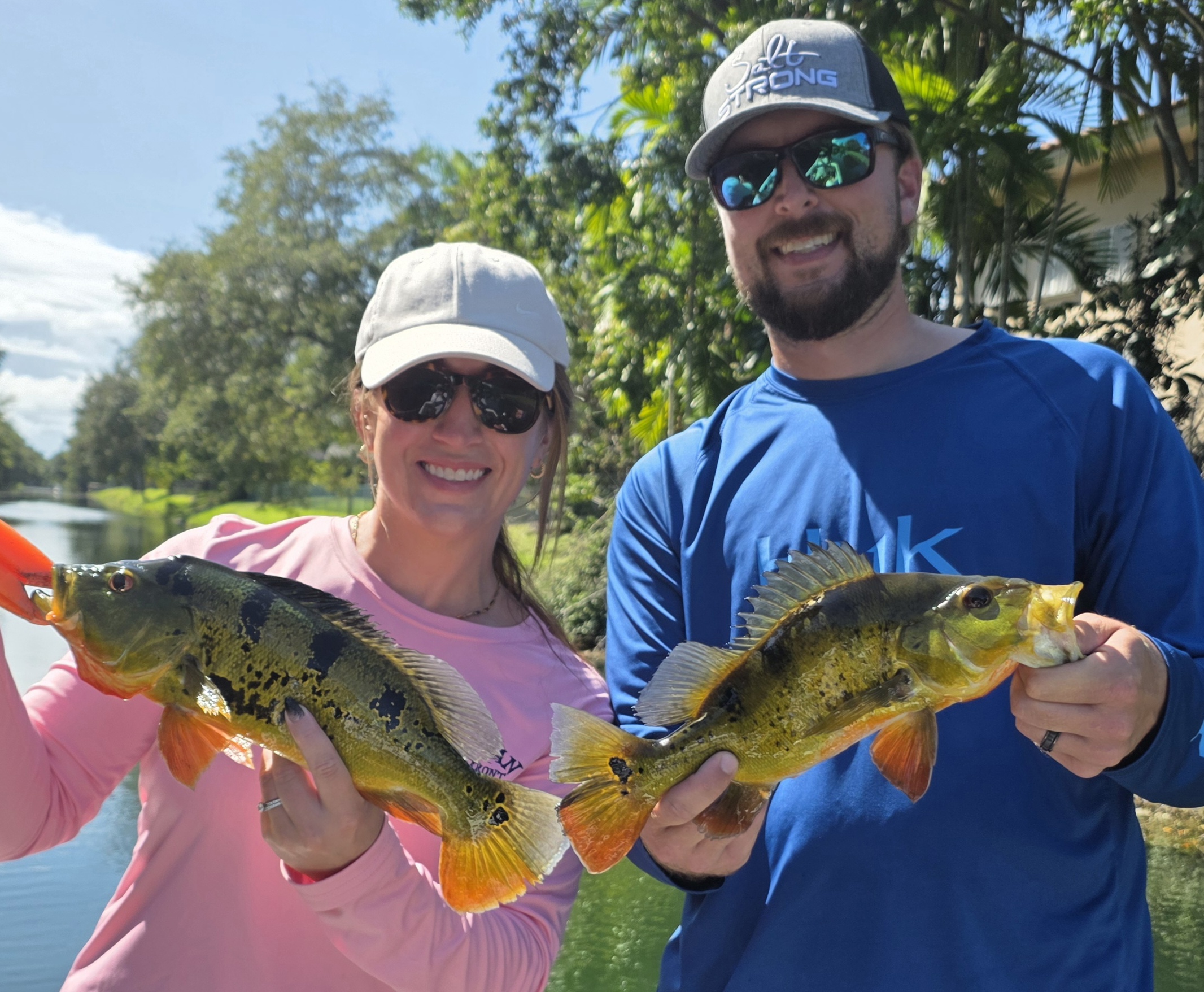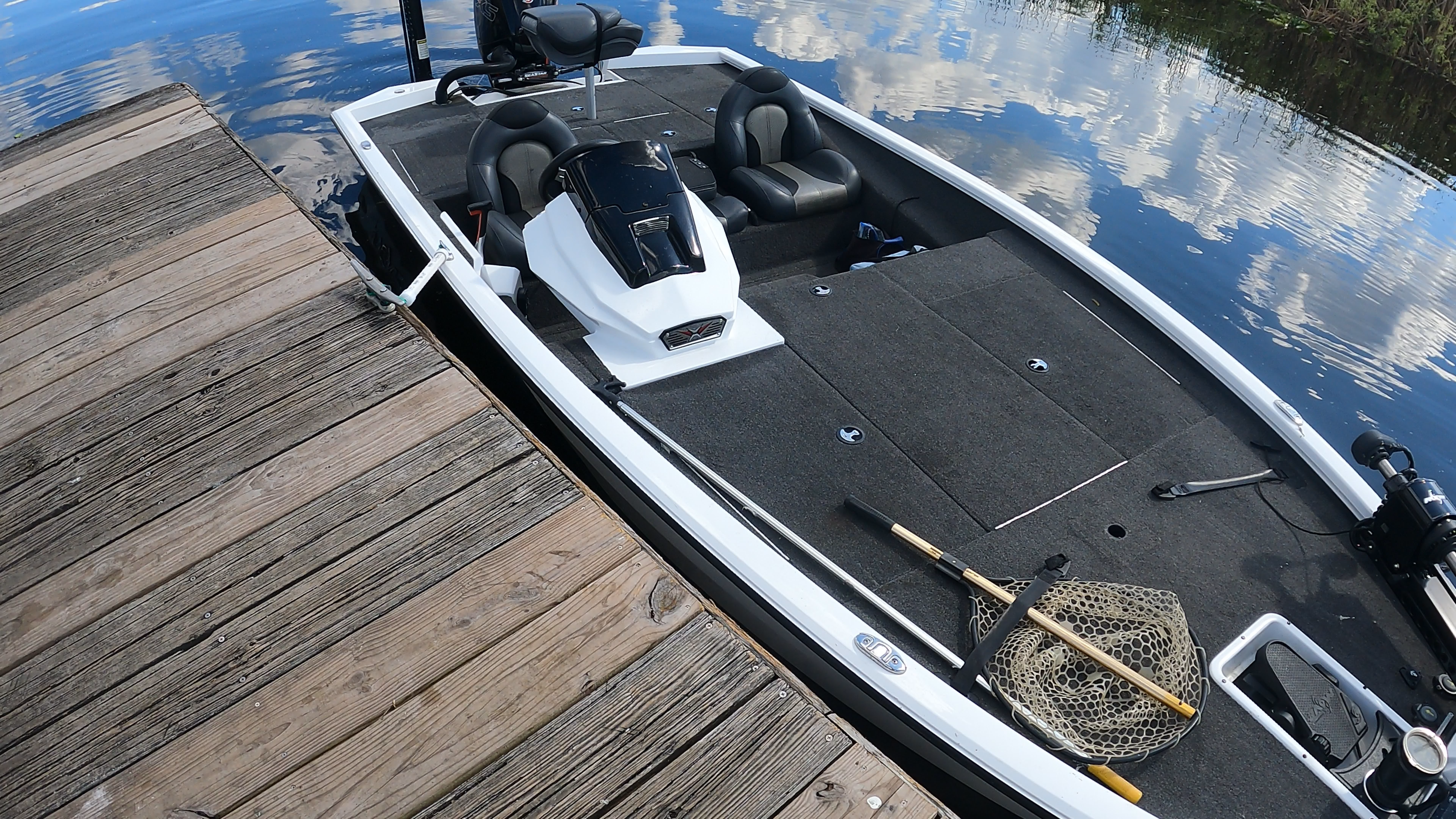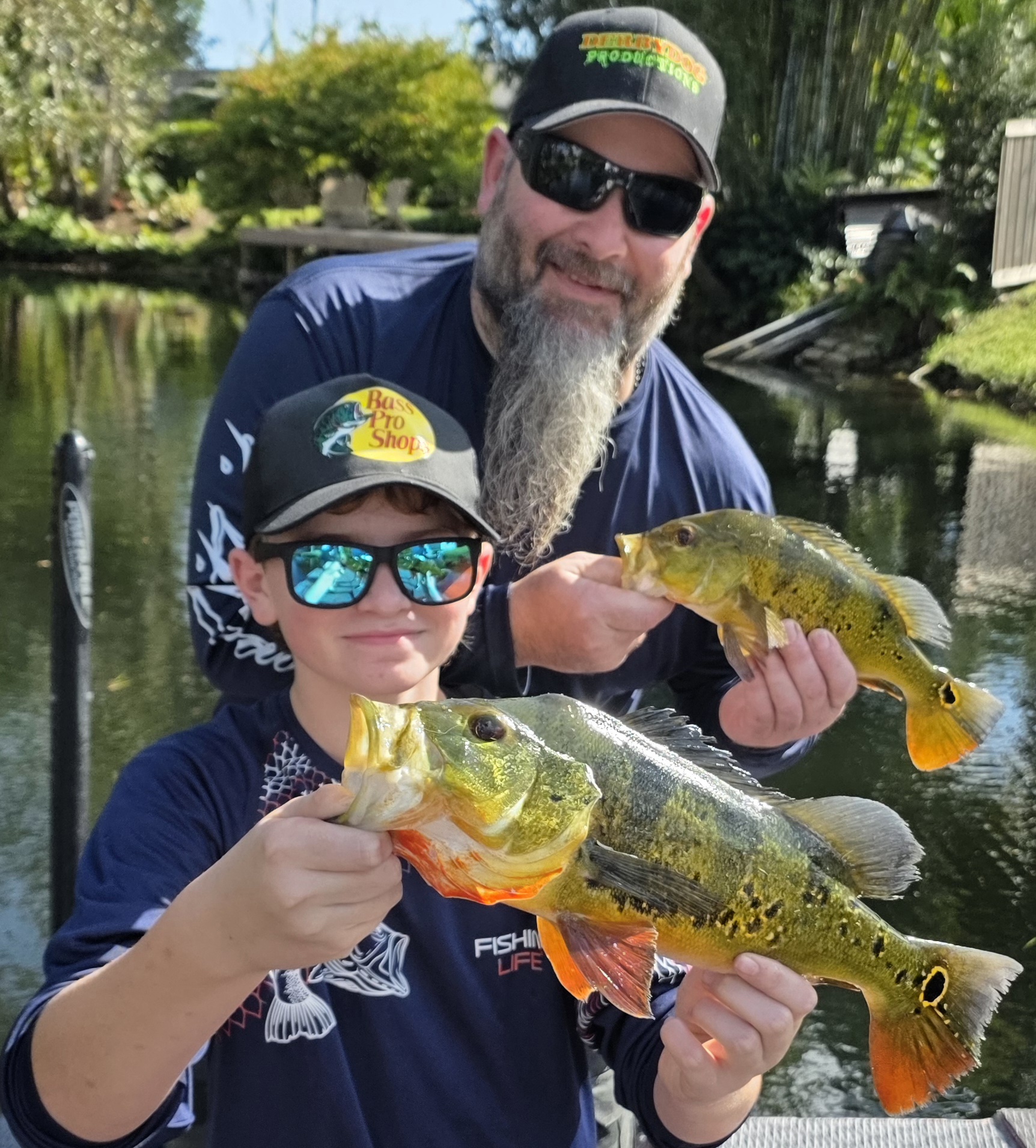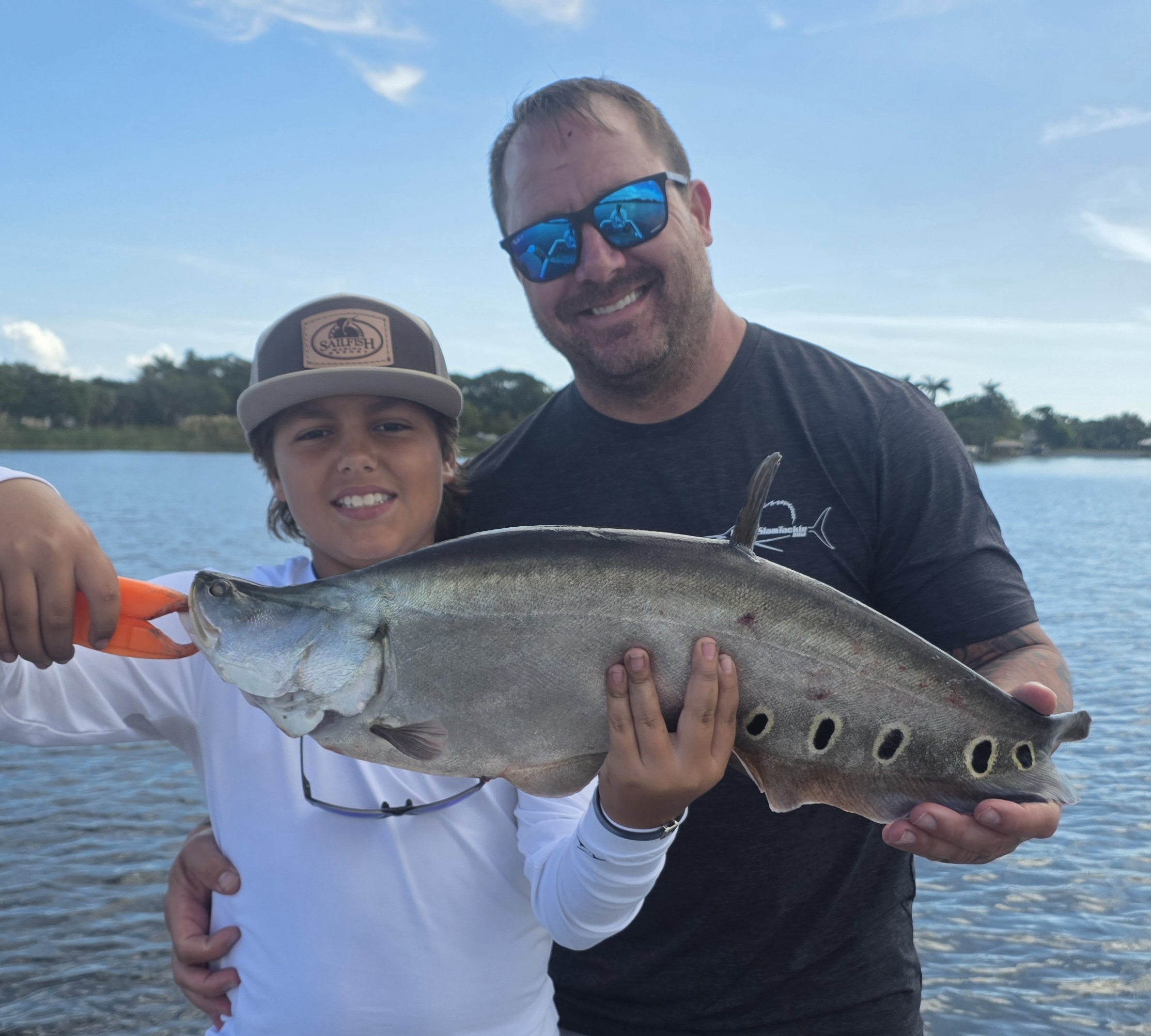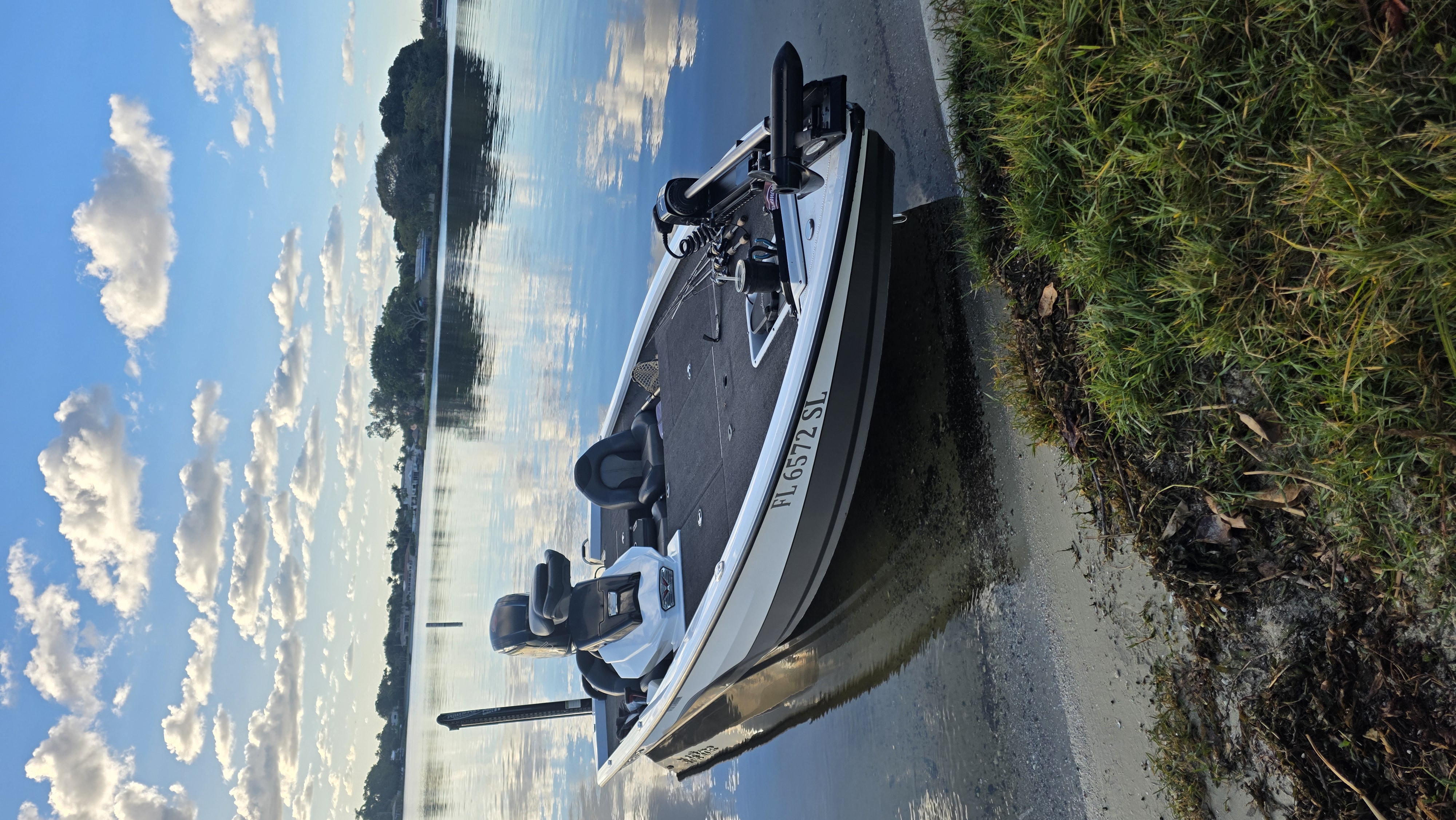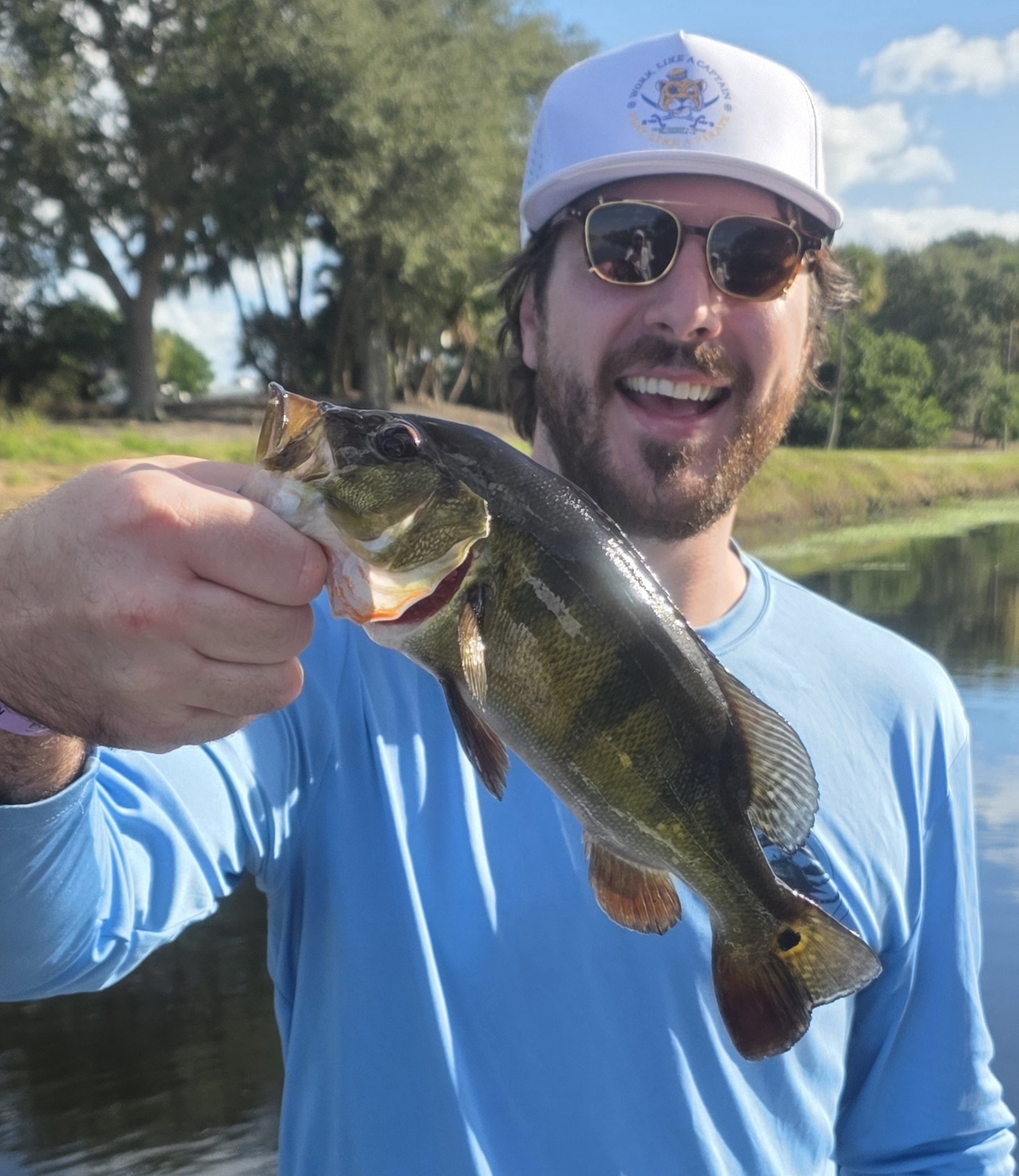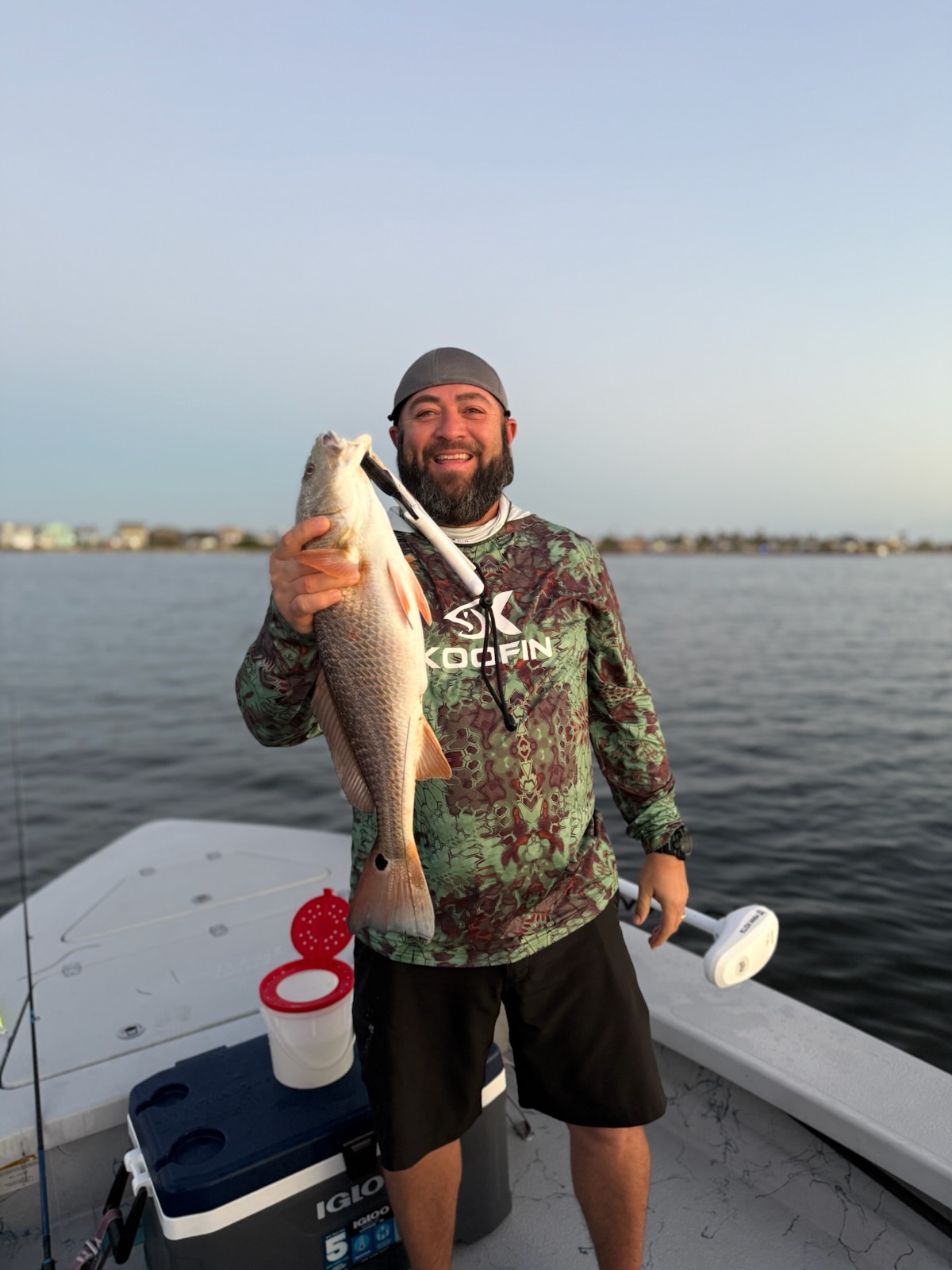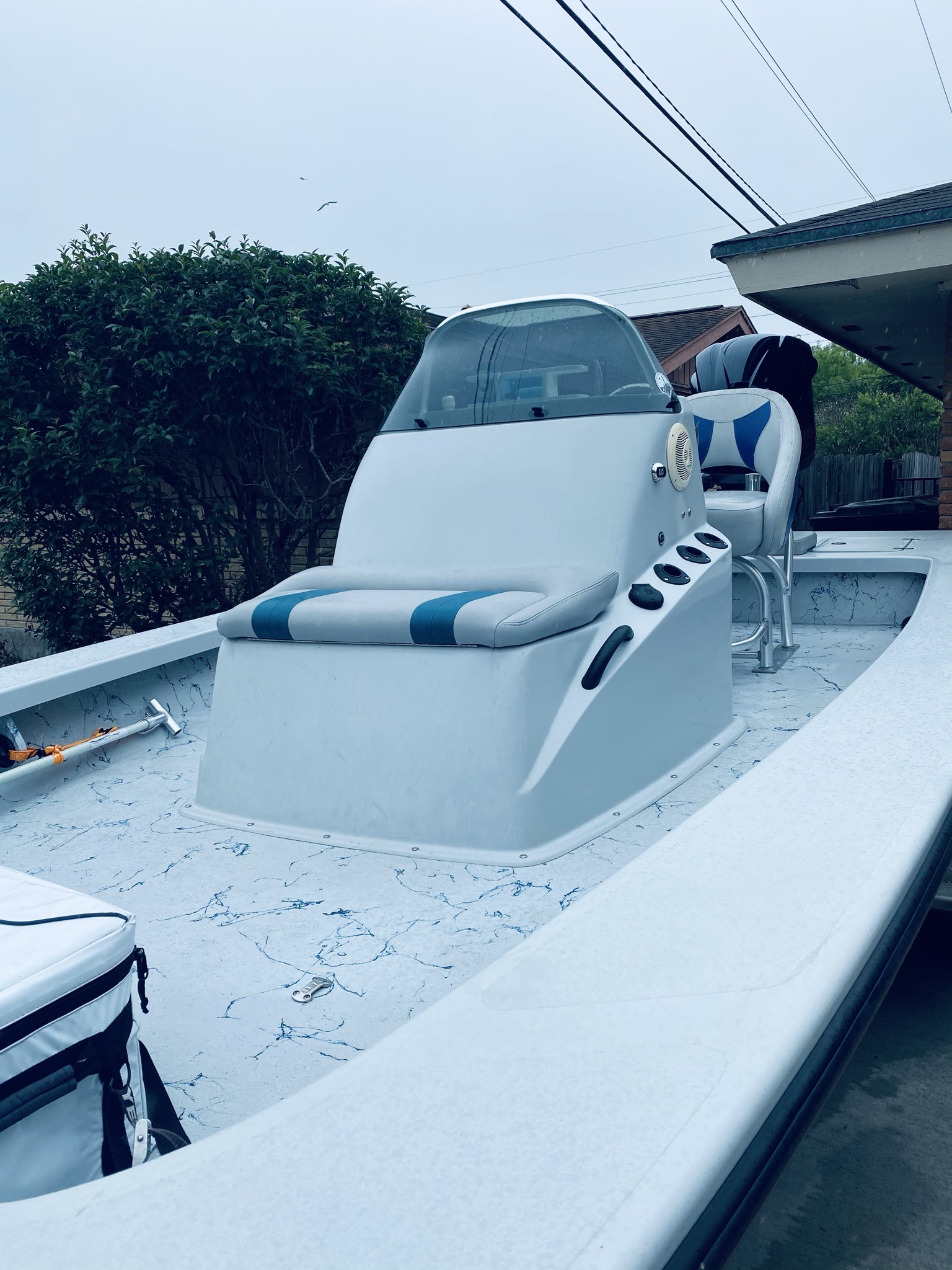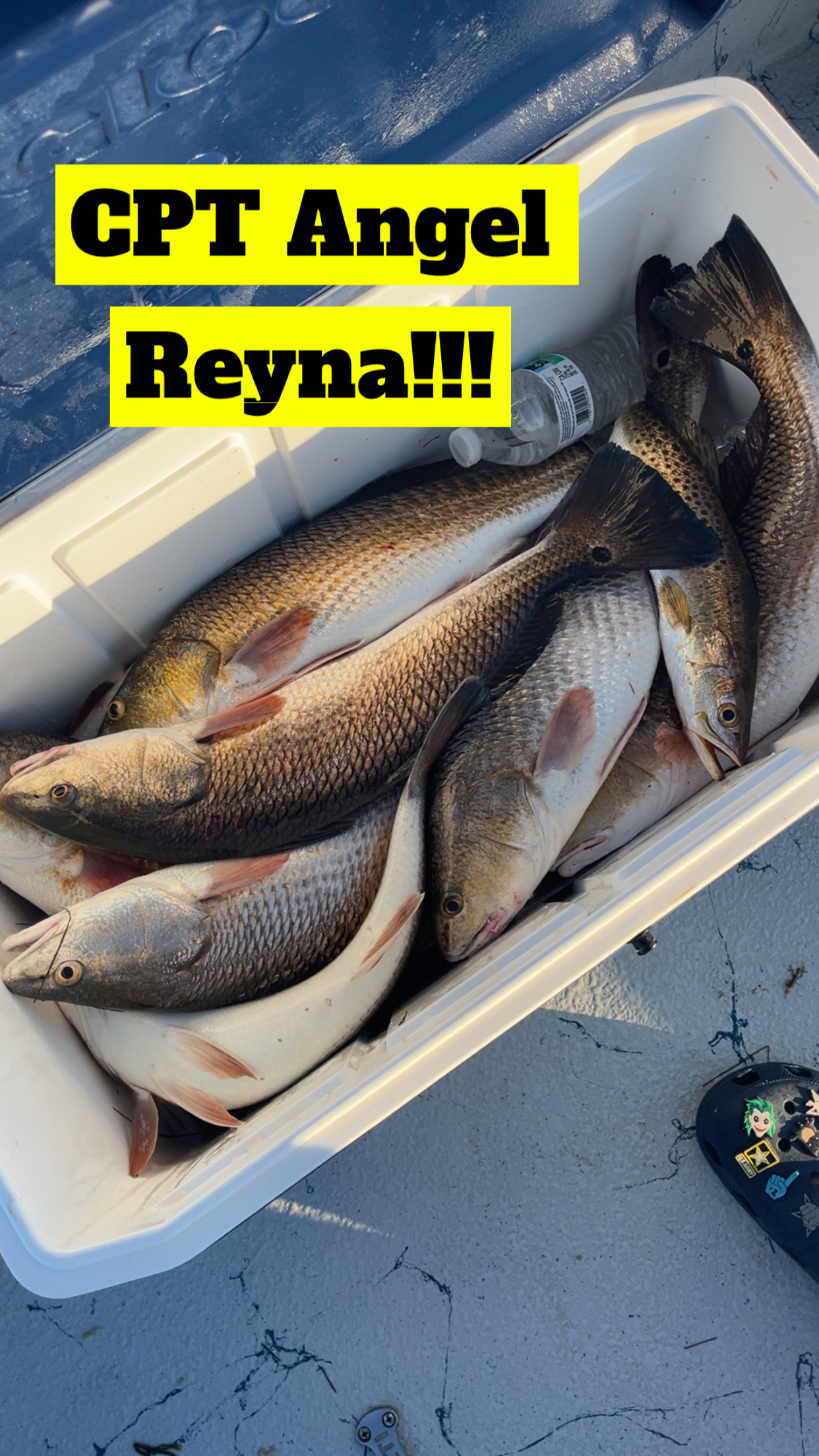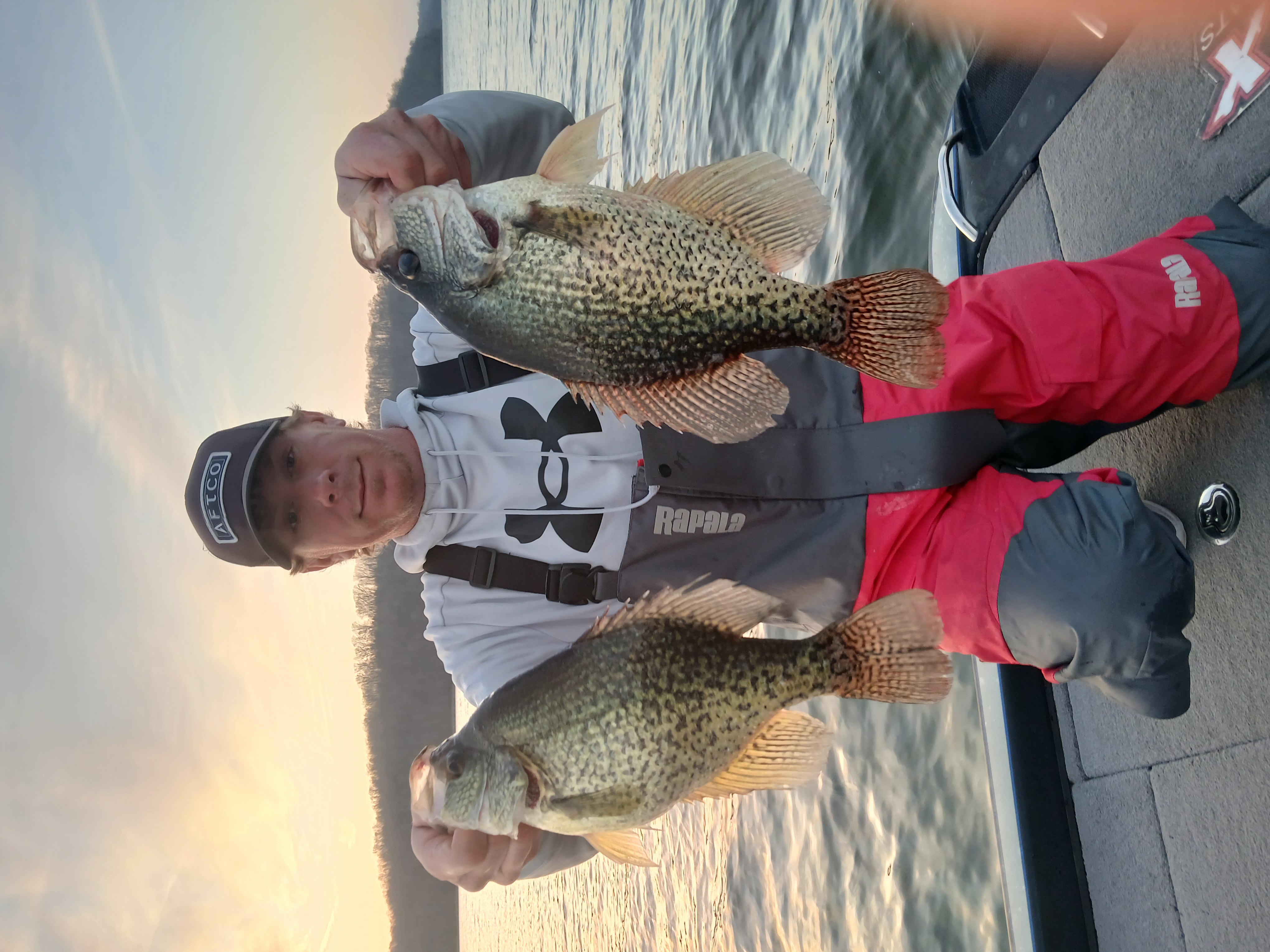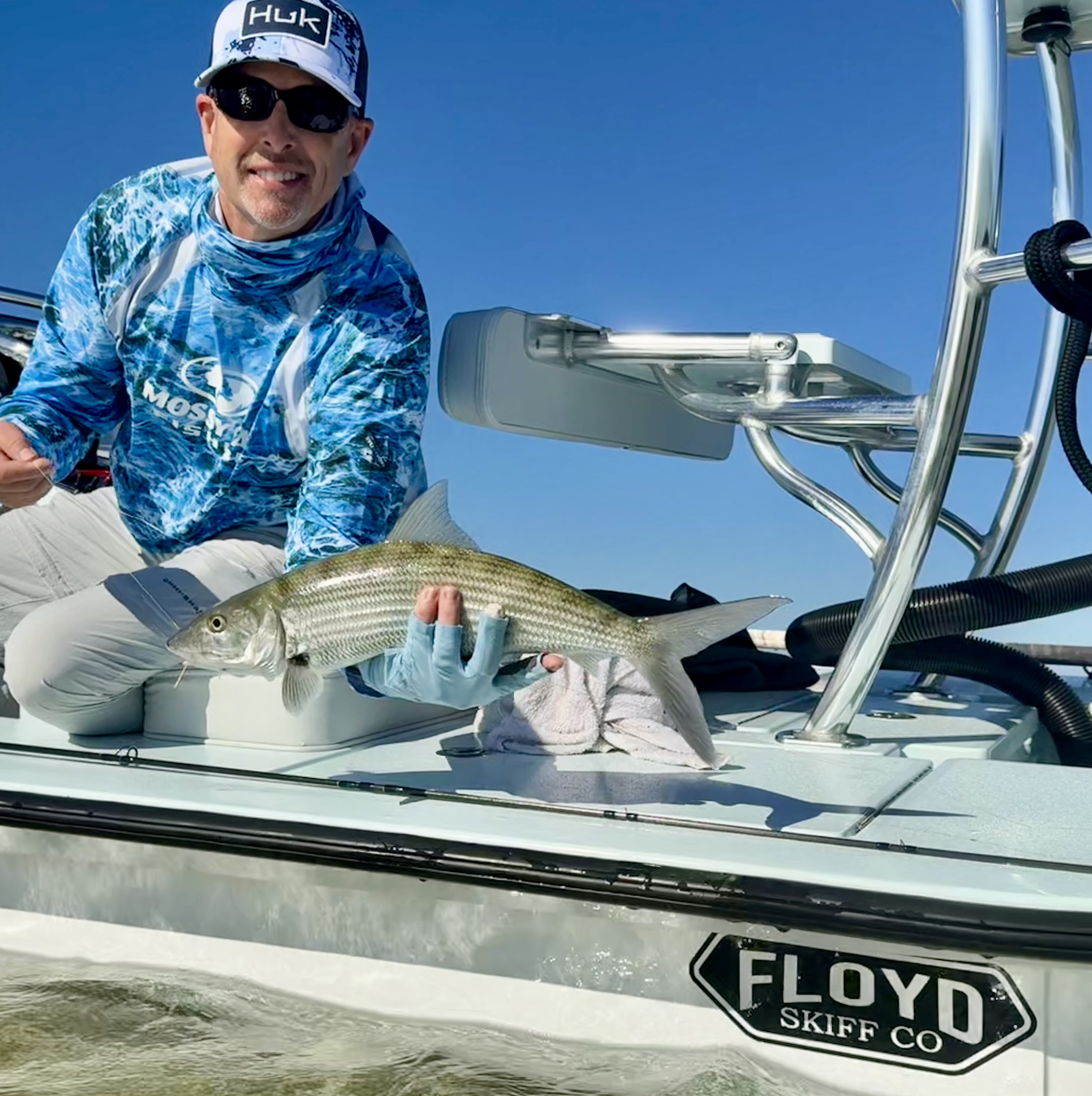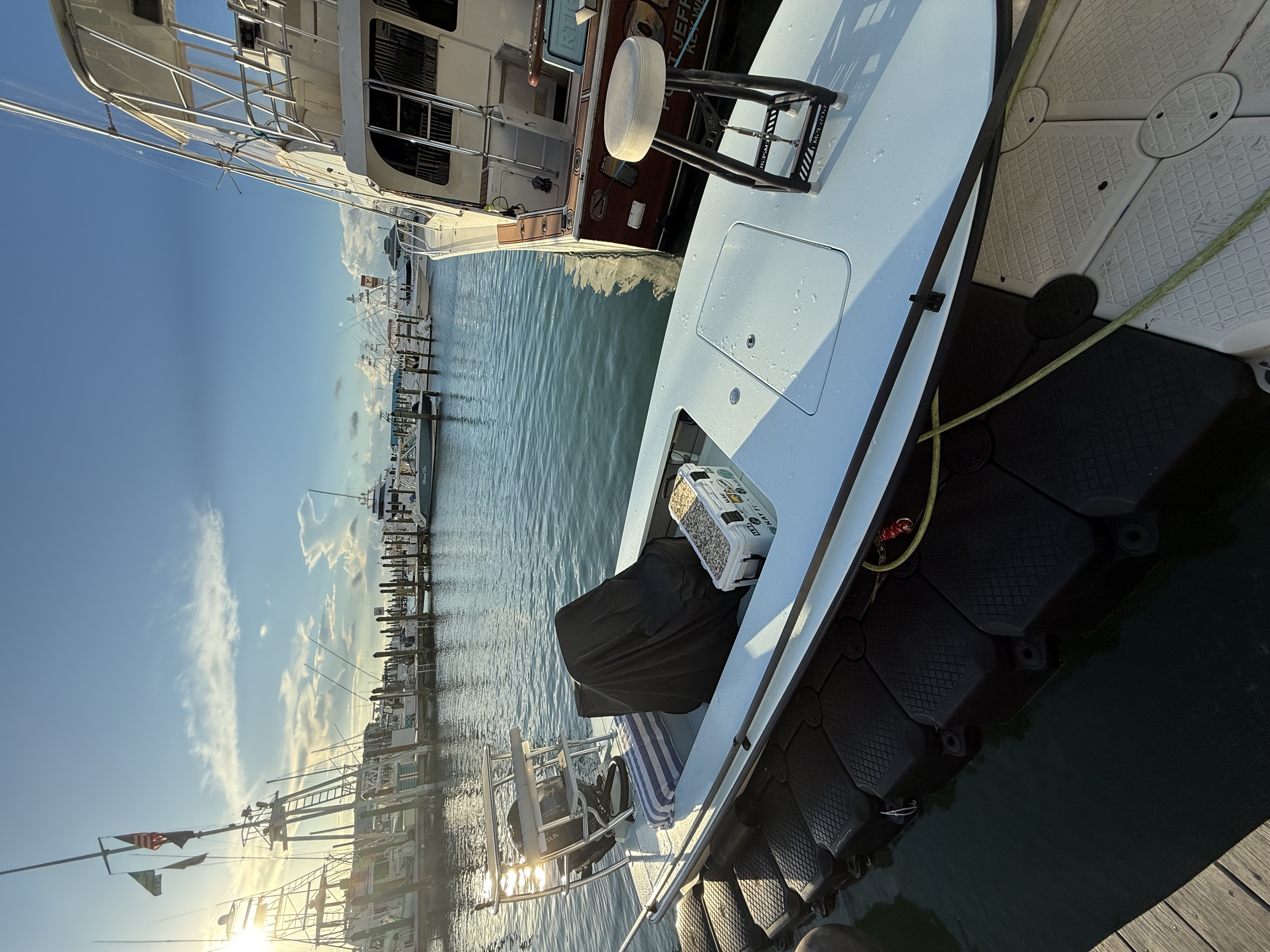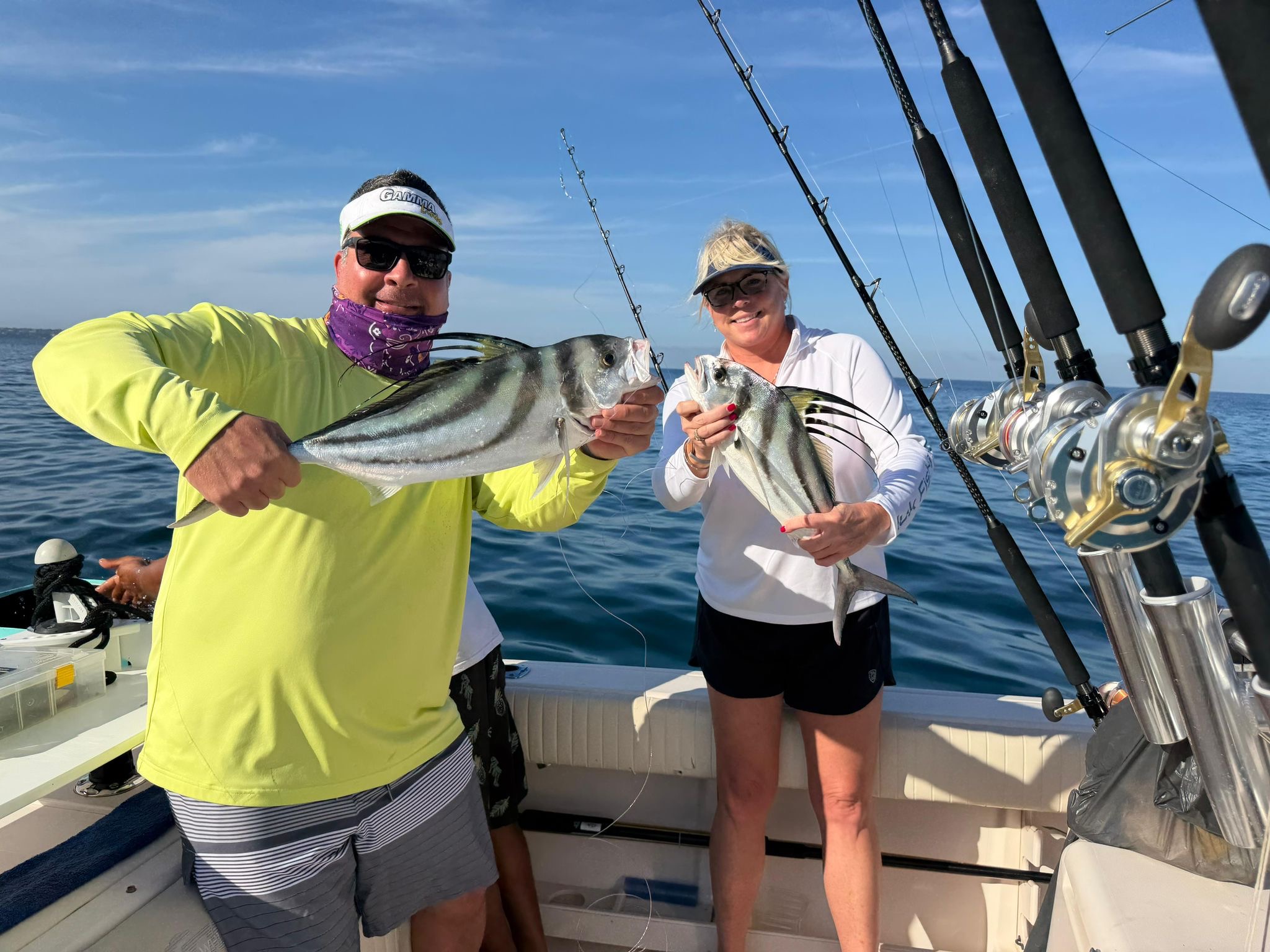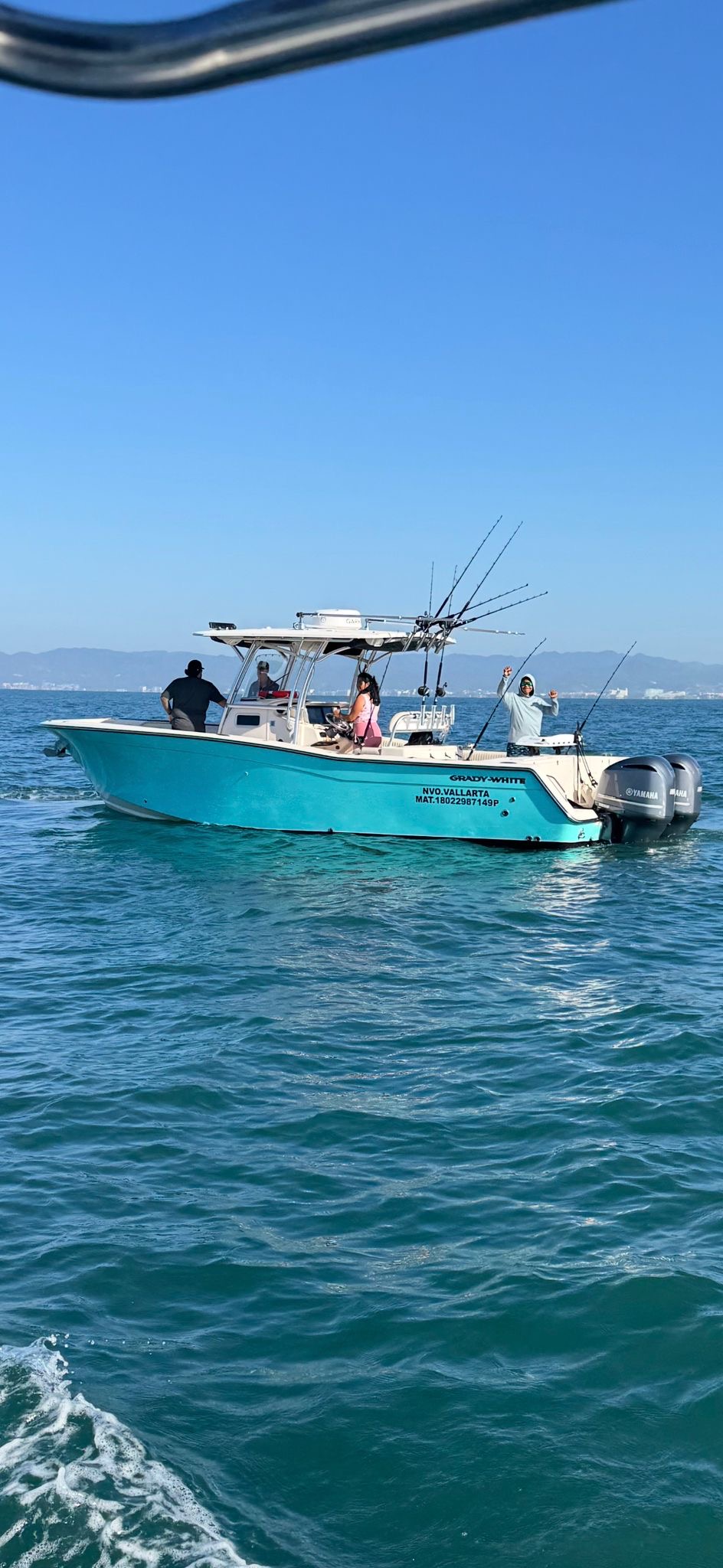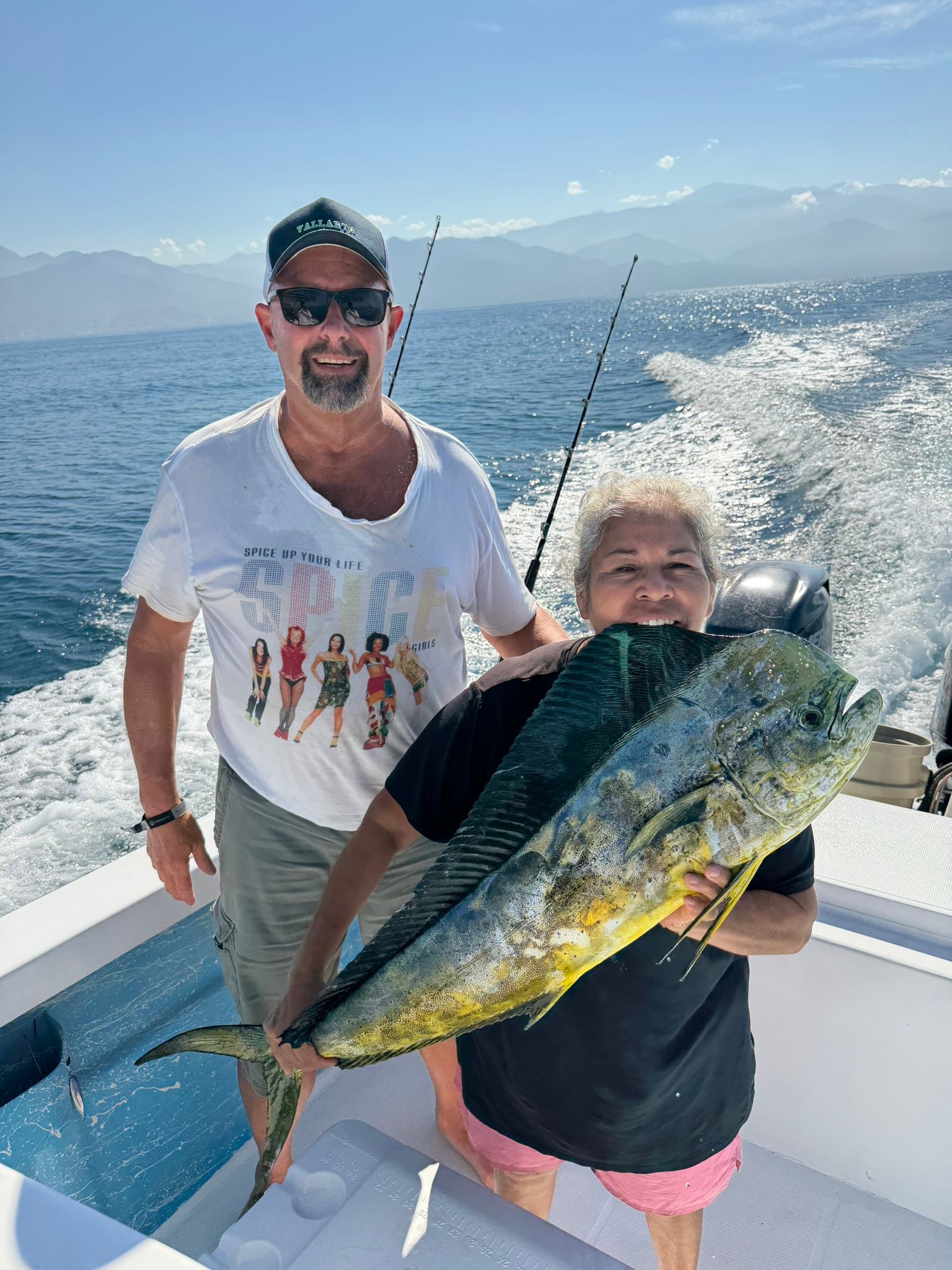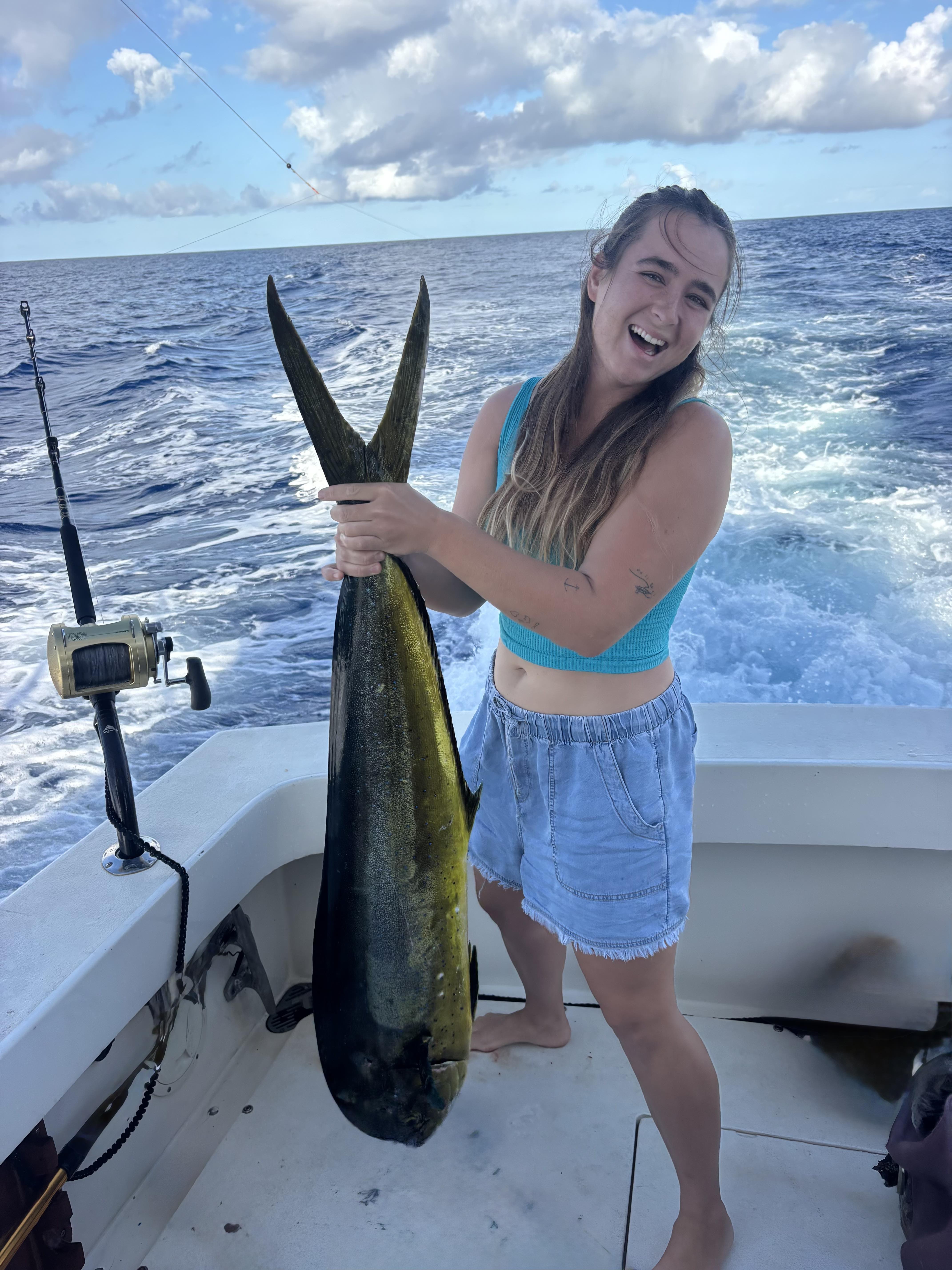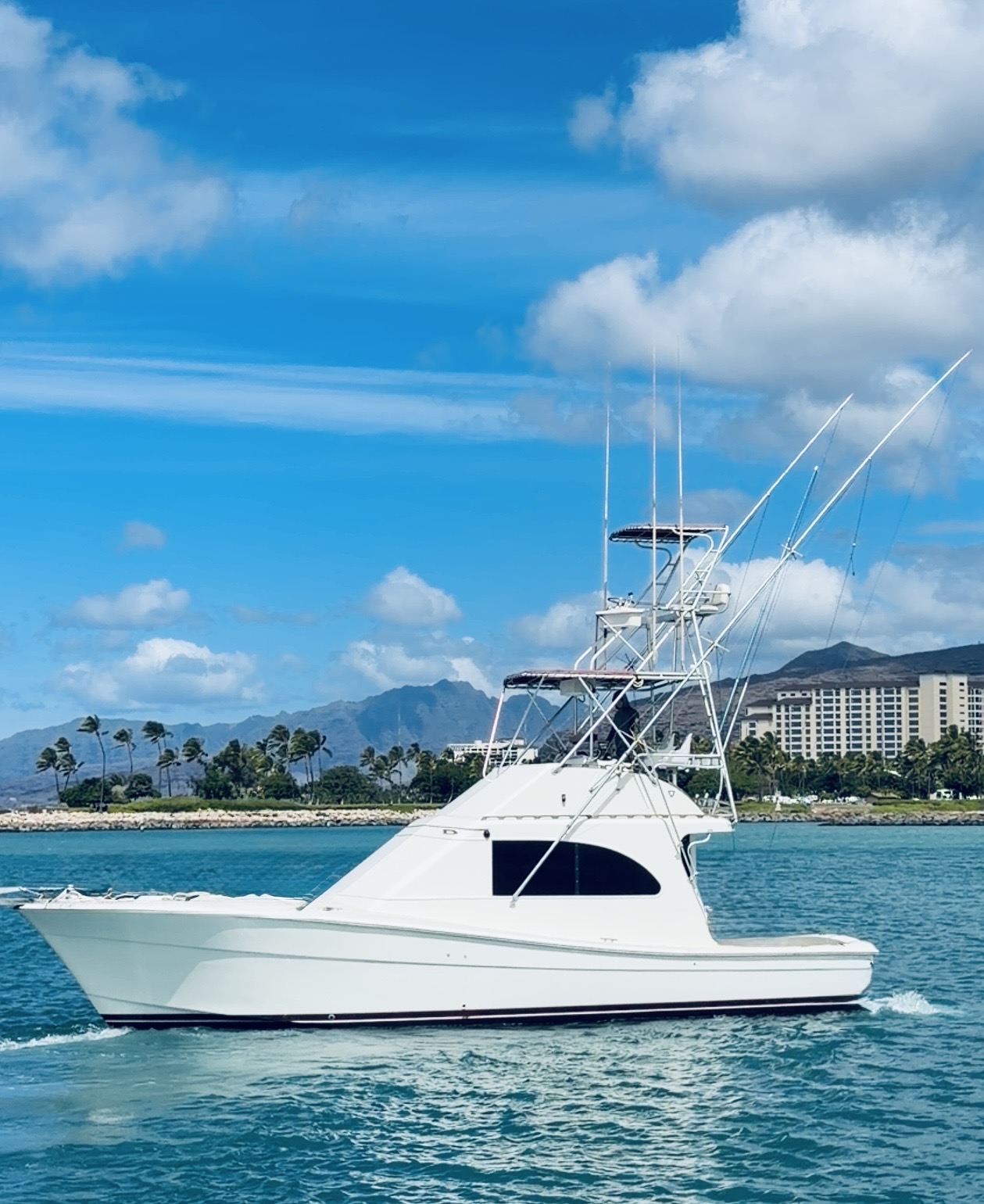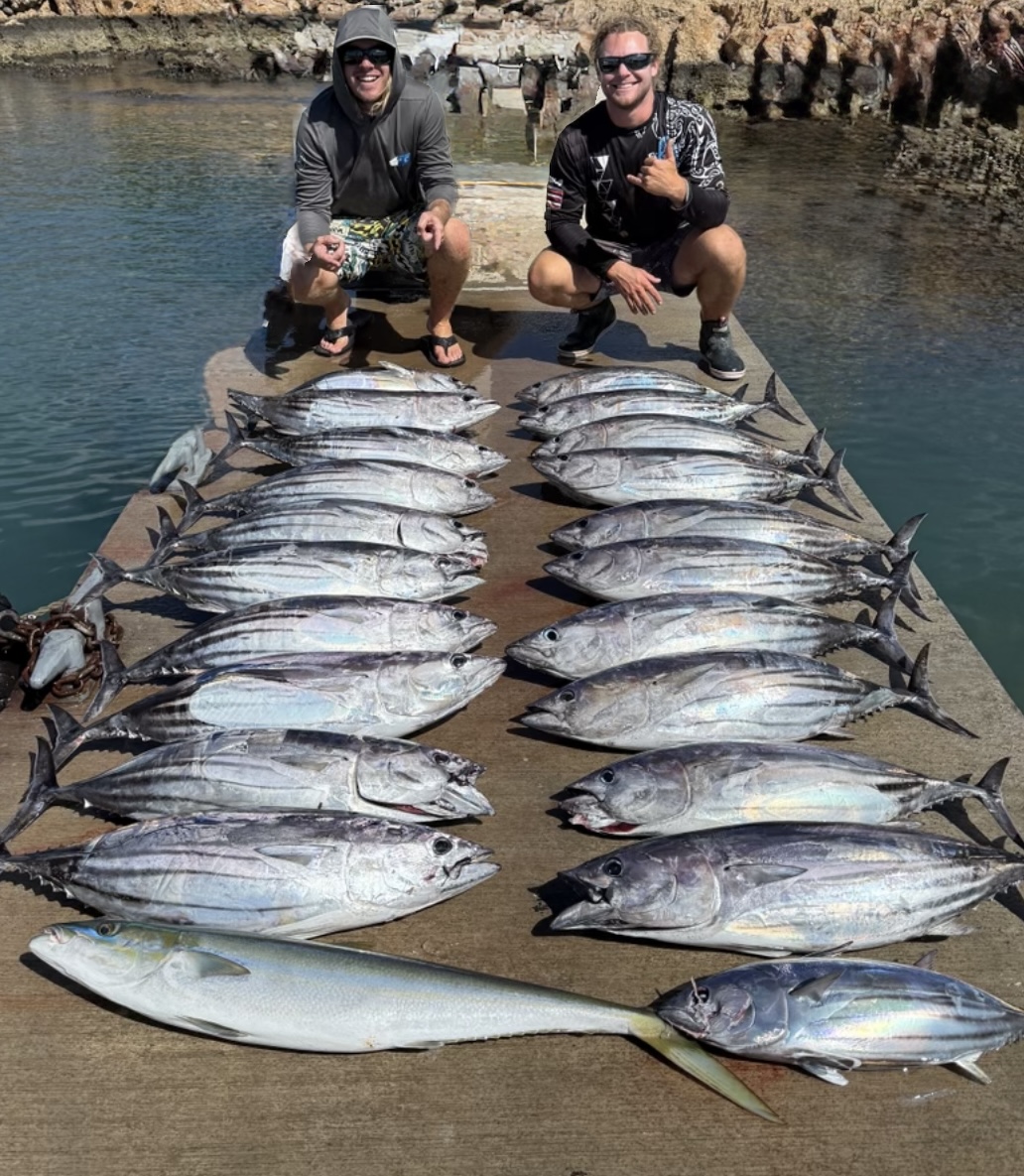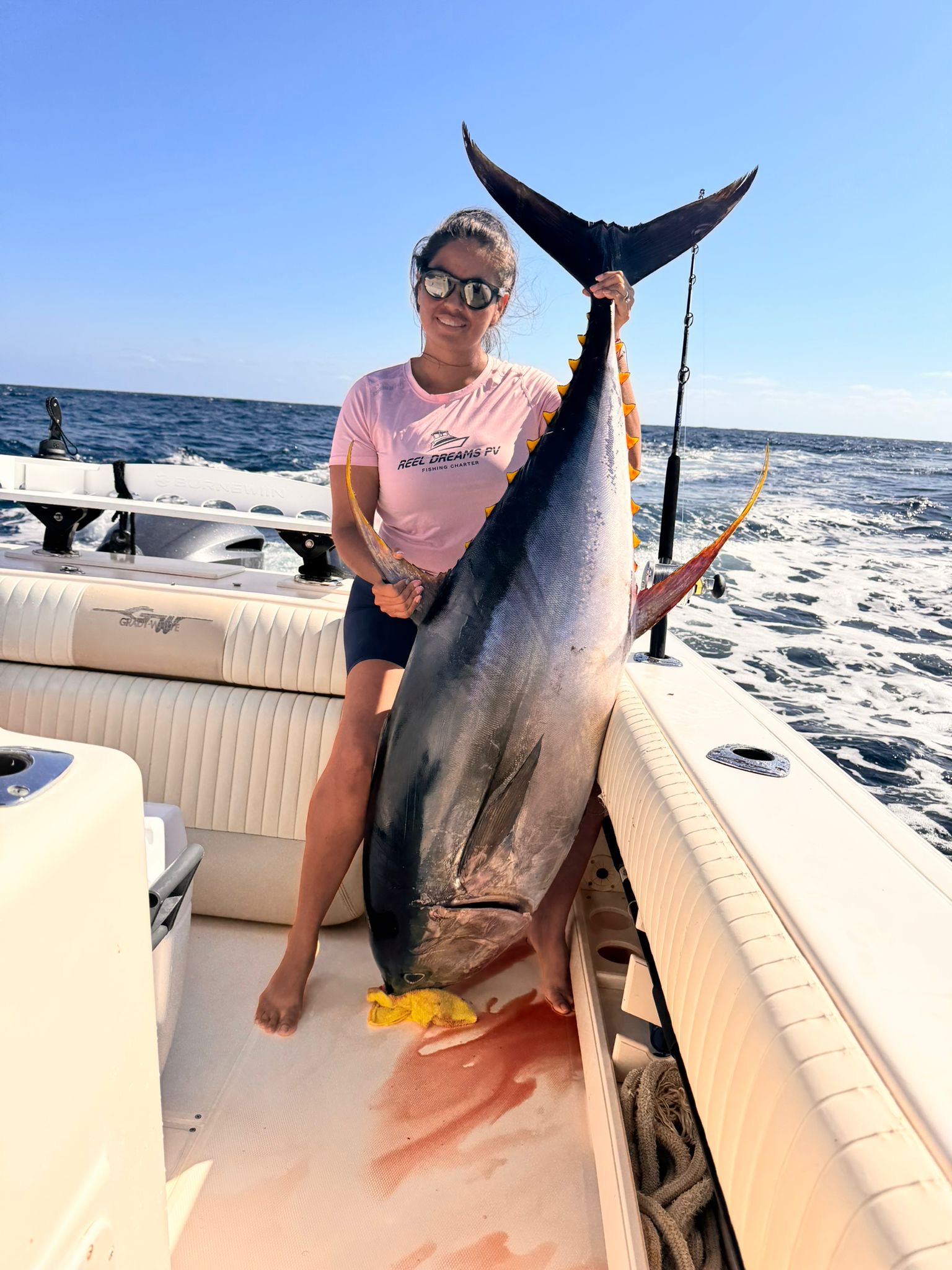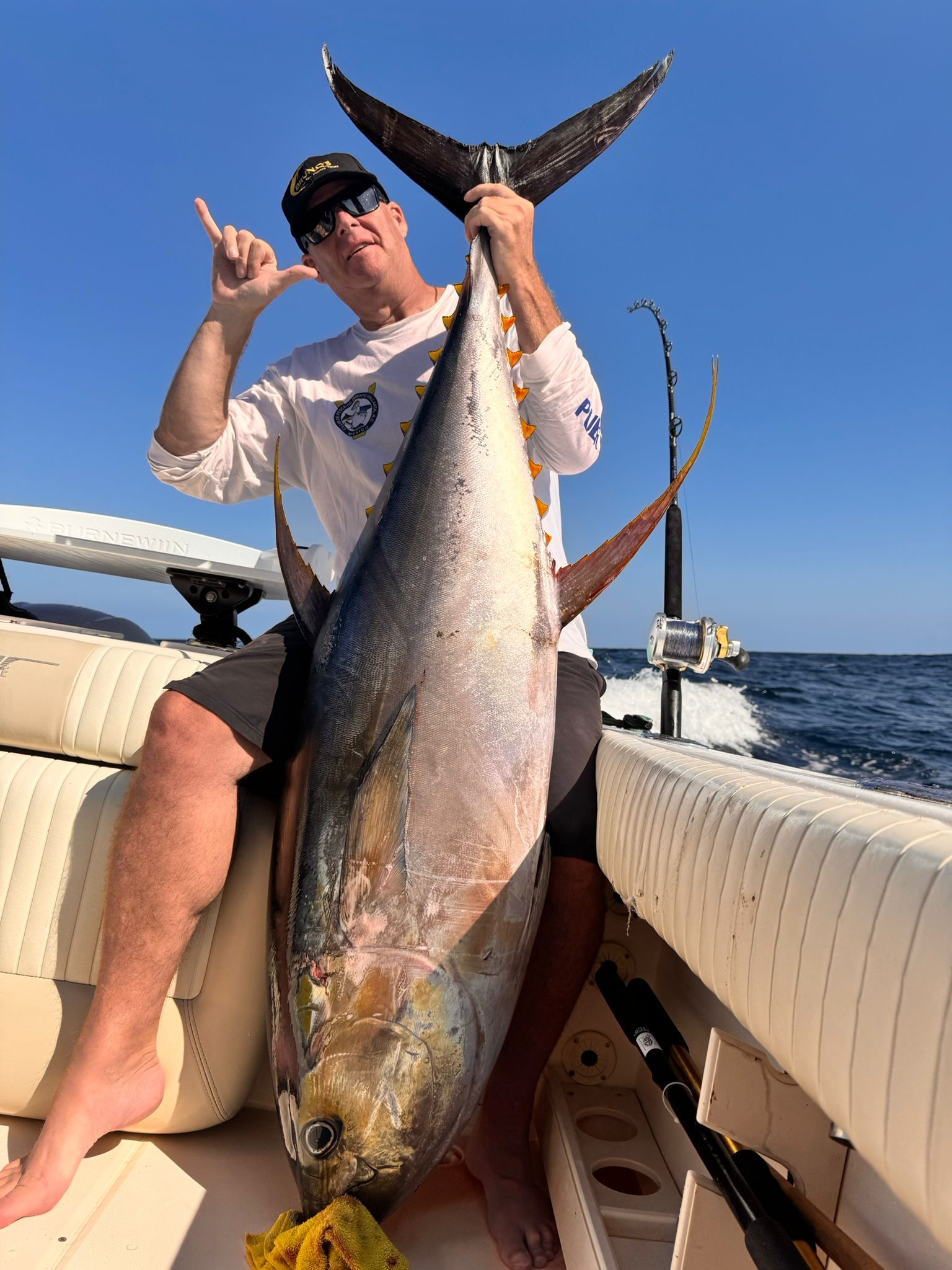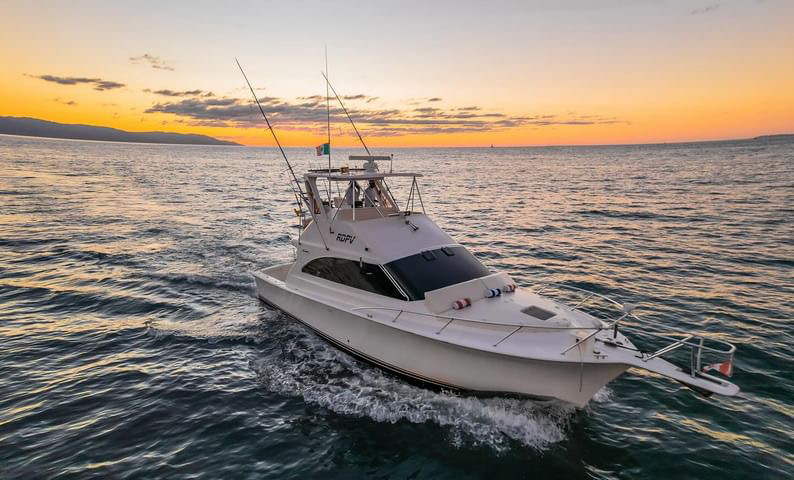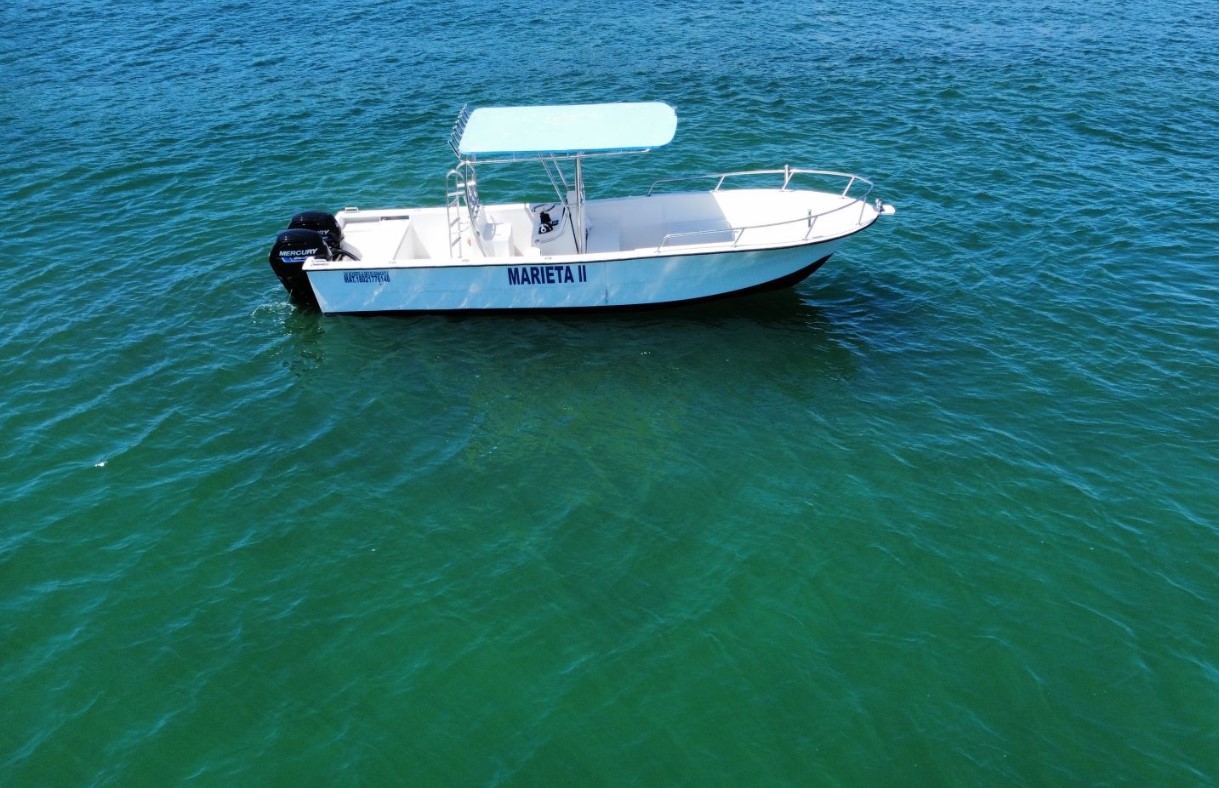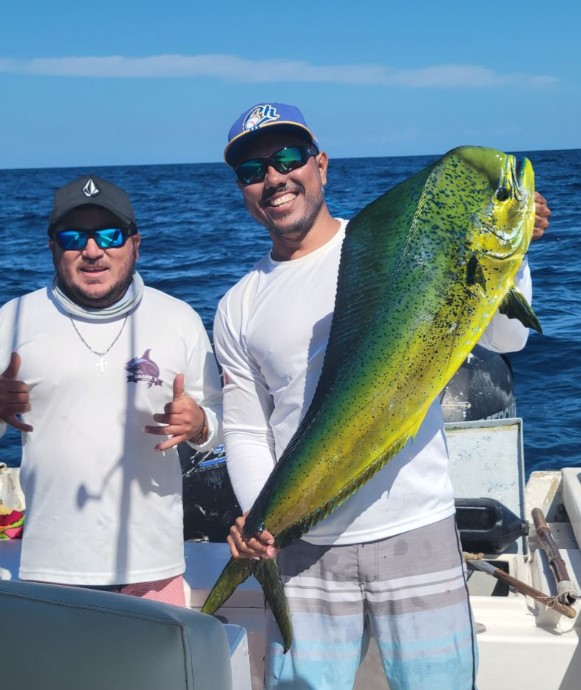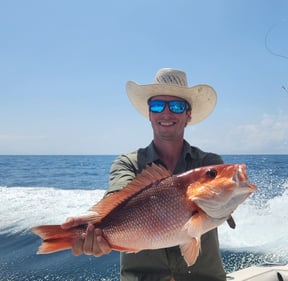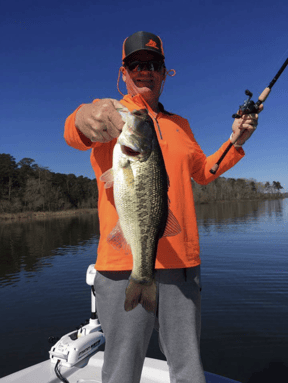Miami Peacock (4-8HR)
Lake Ida (4-8HR)
Inshore Fishing in Corpus Christi
Hook, Line & Memories Fishing Trip
Normandy Livescope Crappie Trip
Inshore, Flats Fishing in Key West
4-8 Hour Inshore Fishing Trip
Inshore, Deep Sea Fishing in Puerto Vallarta
31 Ft Grady White Half Day
Deep Sea Fishing in Kailua-Kona
Half Day Charter 4 Hours
Deep Sea Fishing in Puerto Vallarta
31 Ft Grady White Deep Sea Fishing
Inshore, Deep Sea Fishing in Cruz de Huanacaxtle
Luxury 40 Ft Yacht La Cruz
Deep Sea Fishing in Corral del Risco
5-8 Hour Offshore Trip
We started Captain Experiences to make it easy to book fishing and hunting guides around the world. With over 2,000 Damn Good Guides, our platform makes finding and booking a trip seamless. Head here to check out our trips.
Spring Fishing
Spring might be the best time to hit the water with mild weather and some of the biggest action of the year. As the water temperatures begin to rise the fish get fired up and start feeding. For many anglers spring marks the beginning of the fishing season and with so many great fish to target its the perfect time to dive in.
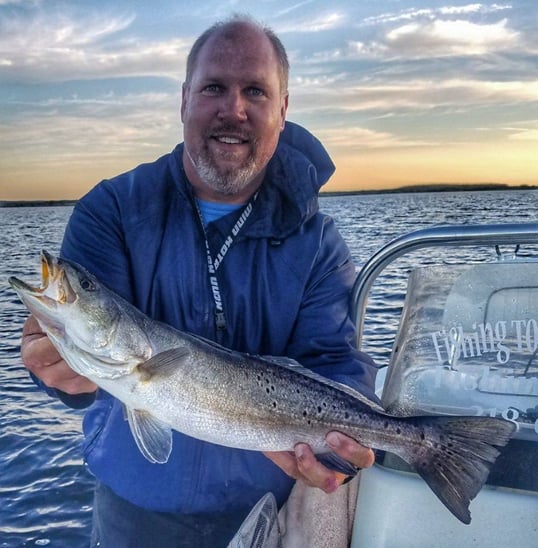
Top Five Spring Fish
Many of the fish on this list are moving out of their wintering grounds where they only ate enough to survive through the colder months. As the days get longer and the water starts to warm up, these fish are hungry and are actively feeding around the clock to fuel up for their spawning season. With the fish in a frenzy, bites are easy to come by. To help you make the most of your time on the water, here are the top 5 fish to target throughout the spring.
Largemouth Bass Spawn
The peak bite for super-sized largemouth bass is in the spring as soon as the waters temps start to climb these fish lose their minds. This is because largemouth bass spawn in the spring causing males to become overly aggressive while the females fill up with eggs. Before the spawn, bass are still in the deeper waters they use during winter but they are feeding heavily. These bass have been moving slow all winter but when spring hits they are hungry and eat as much as they can to fuel up ahead of the spawn. This is also one of the best times to catch a giant because they are feeding all the way to their spawning grounds.
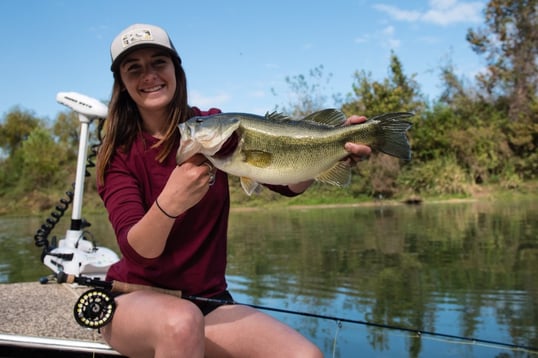
During the spawn, huge females will be in shallow water protecting their beds. This is a rare opportunity to sight cast at huge bass but don’t expect to get a bite right away. These females are protecting their eggs and are generally not feeding. The best way to get them to bite is by repeatedly throwing a lizard or salamander just past the bed working it passed the protective female. If she thinks your bait is a threat she will bite the bait to remove it from her bed. Make sure to time your hook set wisely because they are trying to move your bait not eat it. If she doesn’t bite, don’t give up just keep working your bait passed the bed because many times the protective bass won’t bite on the first 12 casts but on the 13th they’ve had enough and bite.
The exact timing of the bass spawn will vary depending on location but big bass are caught throughout the spring. If you’re looking for an exciting trip this spring, the bass bite is hard to beat.
Spring Speckled Trout Fishing
The speckled sea trout is a beautiful fish with a violent personality. In the words of Captain Mitch an inshore guide in Corpus Christi, “speckled trout want to kill their prey, not just eat it.” While specks can be caught in inshore waters throughout the year in many locations the best time to target them is in the spring. Similar to bass, speckled trout come into spring hungry in preparation for their spawning season.
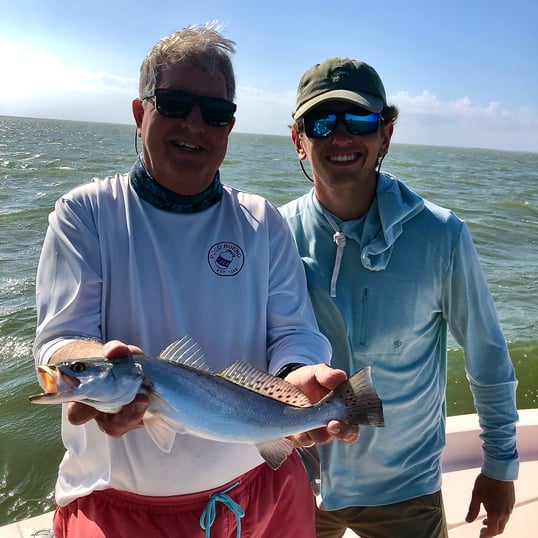
Captain Mitch & I with a Speckled Trout
During the winter months when the water is cold speckled trout move to deeper holes in the bays and other protected waters only feeding when necessary. Starting around March with longer days and warmer water the specks will move back into shallower waters and start their feeding frenzy. Fishing structure in shallow water is a sure bet for catching spring speckled trout and this is also your best chance to catch a giant. Some of the best places to find speckled sea trout are riprap, jetties, grass flats, and oyster beds.
During the spring, speckled sea trout are feeding on a variety of prey that predominately consists of finfish like shad, minnows, pogies, and mullet but will also feed on the shrimp they can find. Throwing artificial lures or soft plastics that resemble these baitfish is sure to entice the trout but popping corks with live shrimp has been time-tested and proven to be effective.
Spring Permit
Permit are sought after by anglers around the world because the difficulty of catching one makes doing so a big achievement. Permit are an incredible fish with sharp eyesight, keen wits, and skittish behavior that makes them hard to fool. You can find them in schools ranging from only a handful to as many as 50 cruising and searching for food. If you are lucky or skilled enough to get hooked into one, these fish are sizable and formidable fighters. Permit can grow up to four feet long and weigh as much as 60 lbs but typical adults are about half that size.
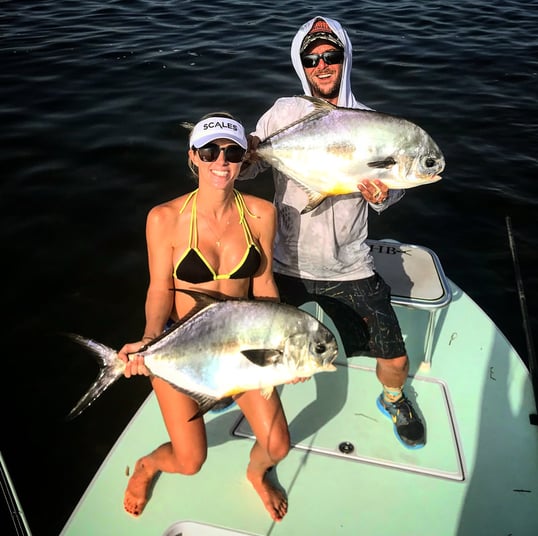
While these fish are tough to trick, there’s also plenty of tackle and techniques you can use to get an advantage. Permit feed on crabs, shrimp, baitfish, and small clams which opens up a variety of choices for bait. Any of these food sources can be used as live bait but artificial baits that resemble shrimp or small fish can also be effective.
For anglers that love to challenge themselves, catching a permit on fly fishing gear is the ultimate test of skill and knowledge. Because permit are so wary, your fly selection, casting, and presentation has to be perfect while also accounting for wind. With permit pushing into the flats this spring, spending a day sight fishing for a bucket list fish in pristine water is about as good as it gets.
Spring Amberjack
Amberjack or more specifically the greater amberjack is an impressive fish with a season that is generally only open in the spring and fall. Also called reef donkeys, these fish can live to 17 years old and grow to six feet long and weigh over 200 lbs. As their nickname suggests, these fish live on reefs and use the structure as cover to ambush their prey. When an amberjack hits your line it’s like getting hit by a truck and the only thing you can do is hold on and wait for it to stop taking out drag.
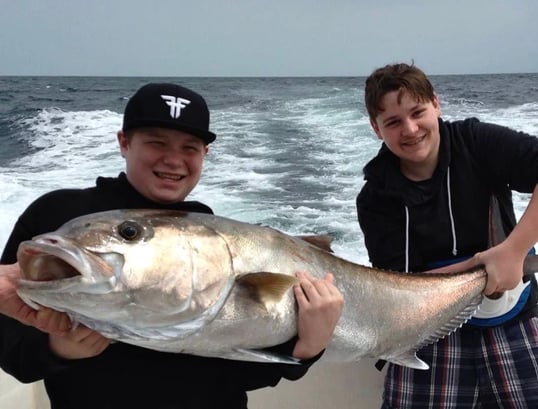
Targeting amberjack is straightforward because they live in the same reef habitat and feed on many of the same food sources as red snapper. Bottom fishing with live or cut bait is the most common approach when looking for these fish but jigging is also effective. Bottom fishing is a more laidback style of fishing where you drop your bait down to where the fish are and wait. With mild spring weather and good company, bottom fishing for amberjacks is an especially enjoyable trip that is both relaxing and packed full of action.
Spring Cobia Fishing
Cobia also called ling in Texas or lemonfish in Louisiana are one of the most unique and widely available fish for anglers to target in the spring. Everything about this fish is unusual from its wide-flat head and long body to its inconsistent behavior. Cobia may be hard to figure out but it's easy to see why so many anglers love them, these fish fight like a bucking bull, and their meat is delicious. Growing up to six feet long and weighing as much as 150 lbs cobia are impressive fish but typically average three to four feet long.
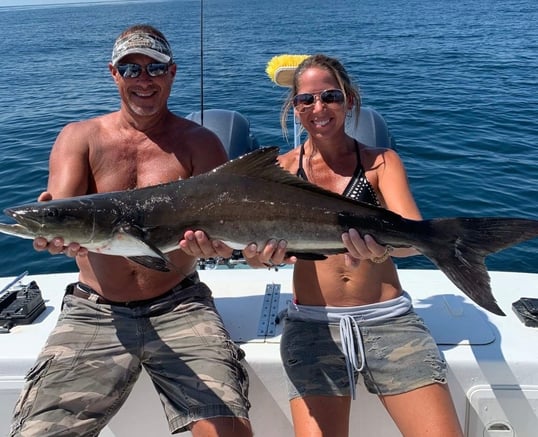
Cobia are known to spend time in every type of water from inshore estuaries to offshore reefs and platforms. To make things even more confusing, these fish sometimes travel in large schools but other times you may see a cobia cruising the surface solo. The best approach for finding cobia in the spring is heading out to smaller oil and gas rigs. Cobia may be patrolling the surface around the rig or suspended in the water column and being able to target them in both situations is crucial. When they’re on the surface, casting topwater lures or live bait a few feet in front of them will be very effective. When cobia are not on the surface, jigging is the most efficient and effective way to fish the entire water column.
With the boat circling the rig anglers can quickly fish around the whole structure and move on to try another spot. Cobia are curious fish and anytime there is action in the water these fish have to take a look. If you are struggling to get a bite, change to a bait that will cause more commotion. If you’re looking for a unique experience with big fish and all the rod bending action you can handle, chasing cobia is what you’re after.
Bonus Fish: Sheepshead
Spring fishing for sheepshead is popular with anglers of all levels because of their aggressive and sneaky feeding habits. Sheepshead, also call convict fish because of their black and white stripes, often group up around barnacle-covered structures including pilings, rock piles, piers, jetties, and a variety of other spots. Catching these fish is typically done by jigging or using live or fresh cut bait.
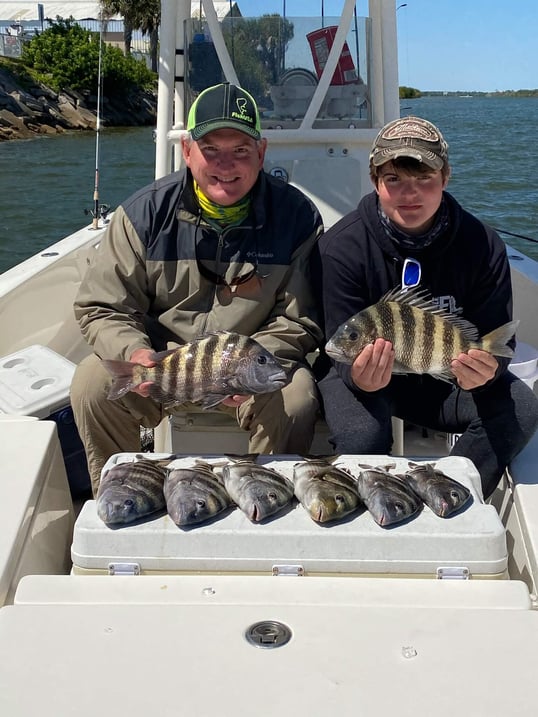
Small jigs are used for sheepshead because they're small enough to fit in the fish’s mouth but also allow you to cover a lot of water. Sheepshead can be picky eaters and the bite can turn off or on in an instant. Live crabs or shrimp are the simple and effective way to keep the bite going all day. If you’re using cut bait make sure it is fresh otherwise these fish will just ignore it. Finally, sheepshead have a mouthful of teeth that are surprisingly good at eating bait cleanly off the hook without getting caught. Whatever bait you’re using make sure it’s firmly attached to the hook.
Fishing for sheepshead has become so popular because they can be found in calm waters, caught with relatively simple gear, and punch above their weight when hooked, all of which makes for an exciting and enjoyable trip. To make it even better, sheepshead have delicious light white meat perfectly suited to a variety of preparations. Taking a trip to the coast to target sheepshead is a low-pressure high reward experience that’s perfect for any angler.
Joey Butrus
Updated on August 2, 2023

October 26, 2020
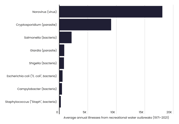
July 1, 2024
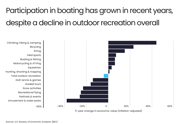
June 28, 2023
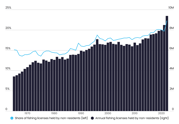
July 31, 2024
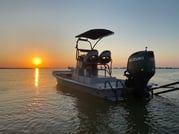
January 7, 2022
Related Articles
April 19, 2023
July 6, 2021
Featured Locations
- Fishing Charters Near Me
- Austin Fishing Guides
- Biloxi Fishing Charters
- Bradenton Fishing Charters
- Cabo San Lucas Fishing Charters
- Cancun Fishing Charters
- Cape Coral Fishing Charters
- Charleston Fishing Charters
- Clearwater Fishing Charters
- Corpus Christi Fishing Charters
- Crystal River Fishing Charters
- Dauphin Island Fishing Charters
- Daytona Beach Fishing Charters
- Destin Fishing Charters
- Fort Lauderdale Fishing Charters
- Fort Myers Fishing Charters
- Fort Walton Beach Fishing Charters
- Galveston Fishing Charters
- Gulf Shores Fishing Charters
- Hatteras Fishing Charters
- Hilton Head Fishing Charters
- Islamorada Fishing Charters
- Jacksonville Fishing Charters
- Jupiter Fishing Charters
- Key Largo Fishing Charters
- Key West Fishing Charters
- Kona Fishing Charters
- Lakeside Marblehead Fishing Charters
- Marathon Fishing Charters
- Marco Island Fishing Charters
- Miami Fishing Charters
- Montauk Fishing Charters
- Morehead City Fishing Charters
- Naples Fishing Charters
- New Orleans Fishing Charters
- New Smyrna Beach Fishing Charters
- Ocean City Fishing Charters
- Orange Beach Fishing Charters
- Panama City Beach Fishing Charters
- Pensacola Fishing Charters
- Pompano Beach Fishing Charters
- Port Aransas Fishing Charters
- Port Orange Fishing Charters
- Rockport Fishing Charters
- San Diego Fishing Charters
- San Juan Fishing Charters
- Sarasota Fishing Charters
- South Padre Island Fishing Charters
- St. Augustine Fishing Charters
- St. Petersburg Fishing Charters
- Tampa Fishing Charters
- Tarpon Springs Fishing Charters
- Venice Fishing Charters
- Virginia Beach Fishing Charters
- West Palm Beach Fishing Charters
- Wilmington Fishing Charters
- Wrightsville Beach Fishing Charters
